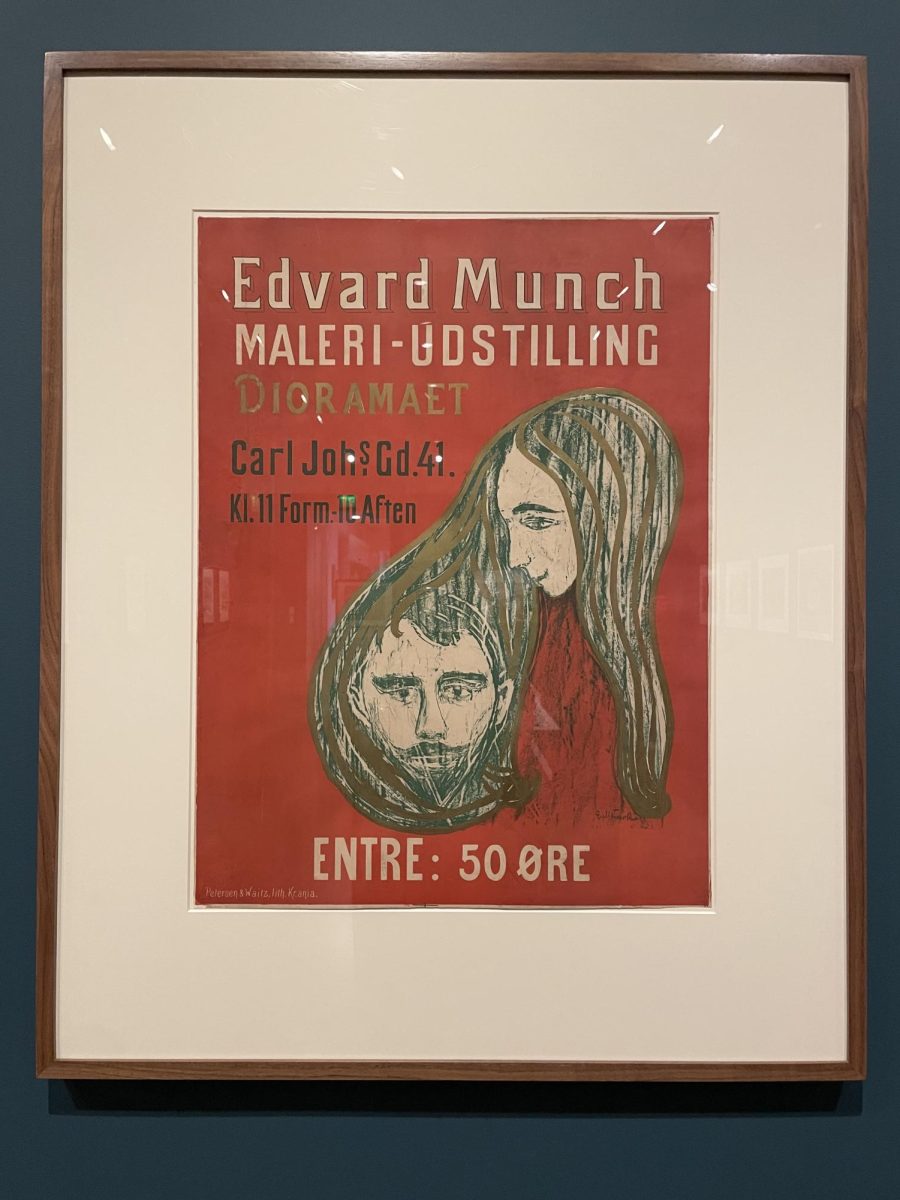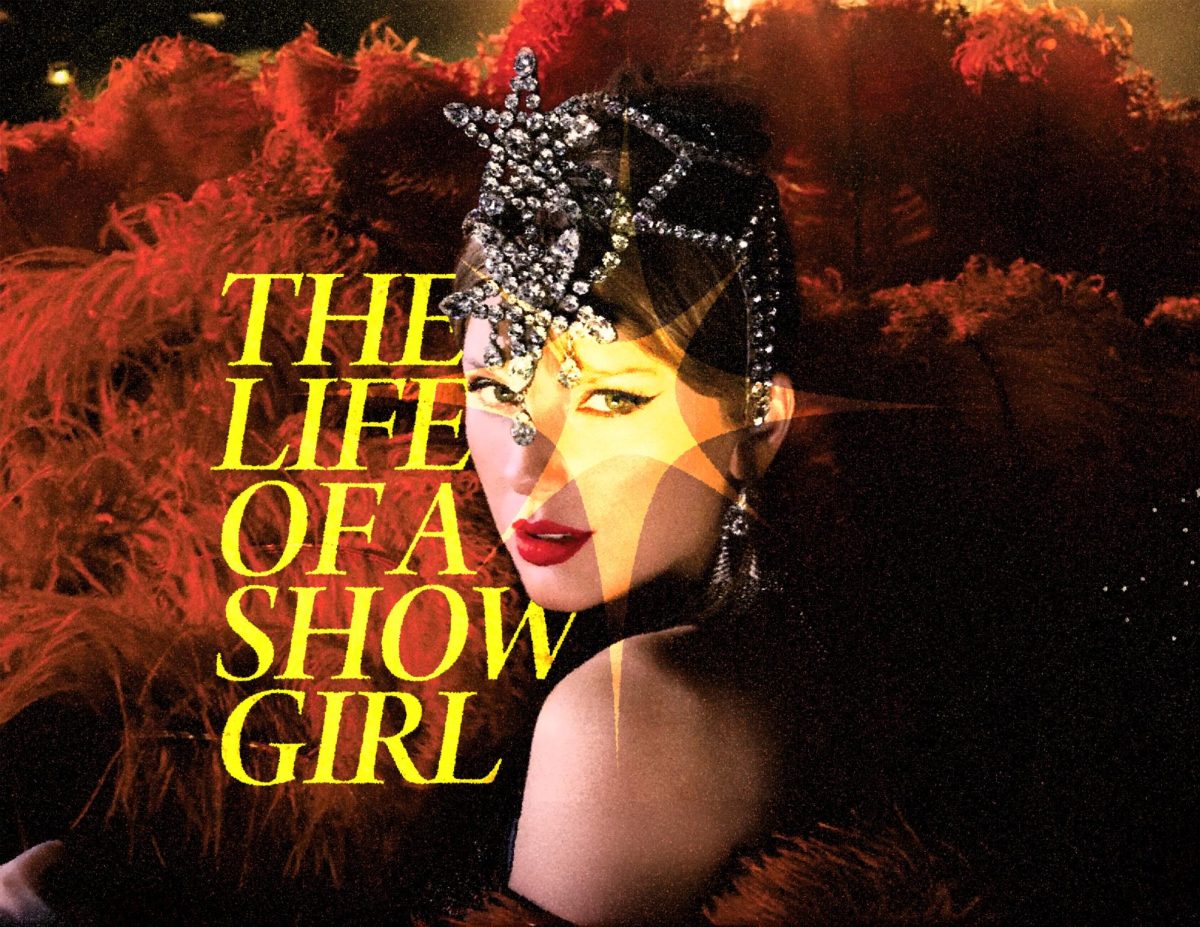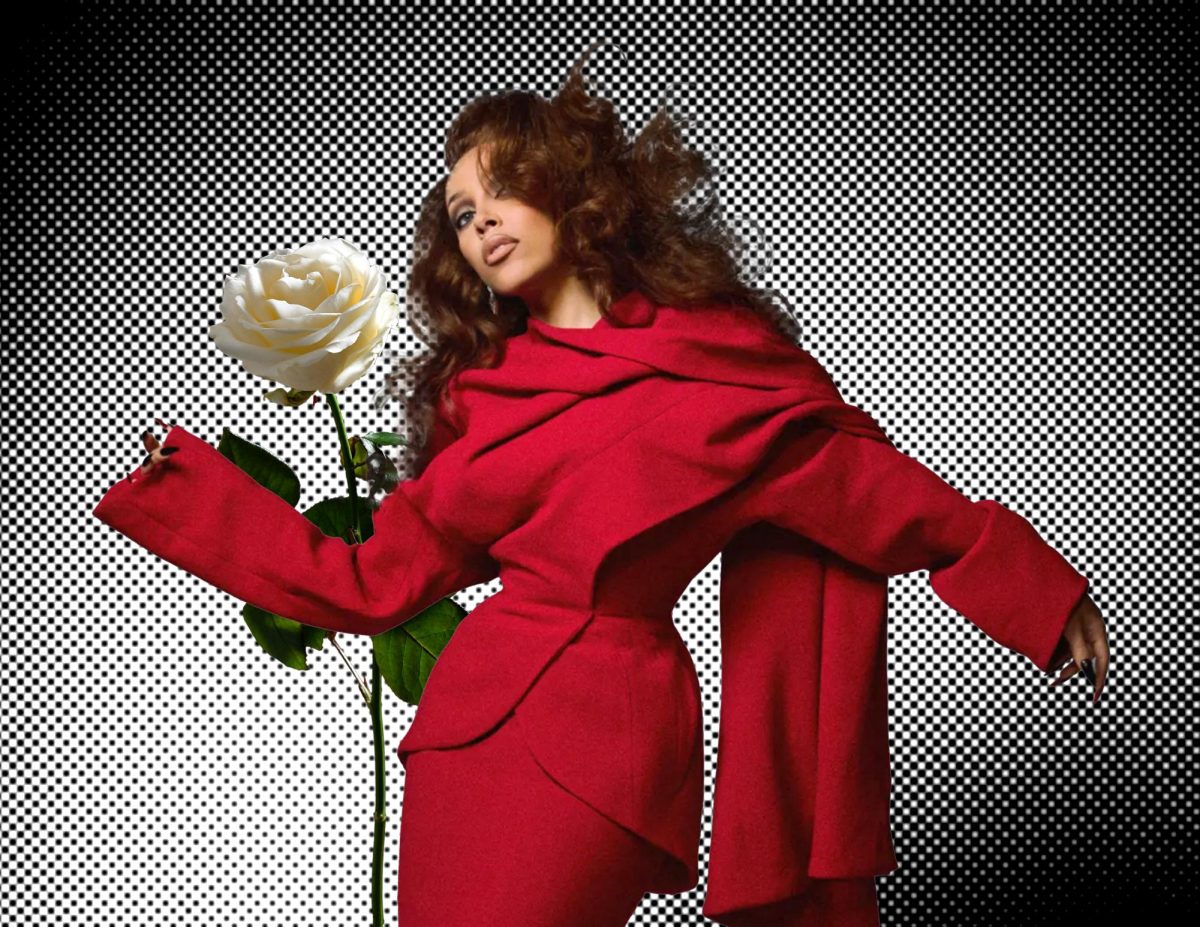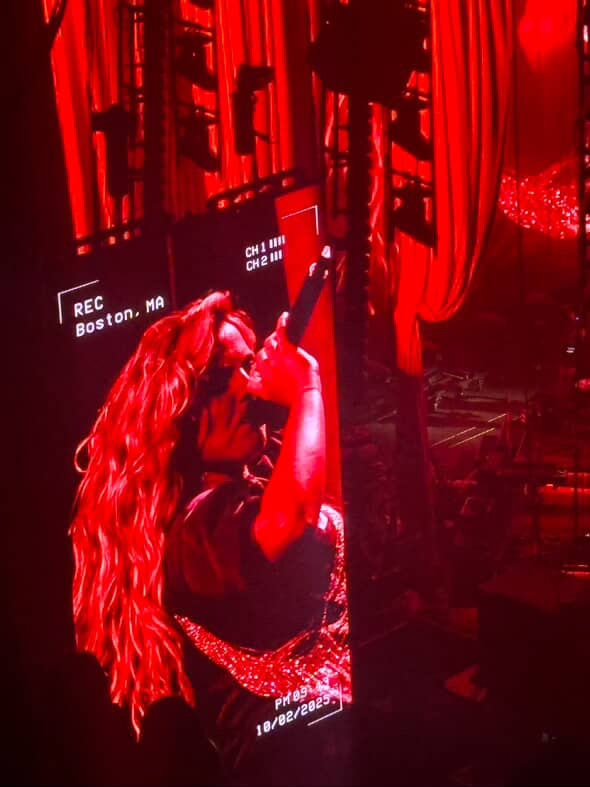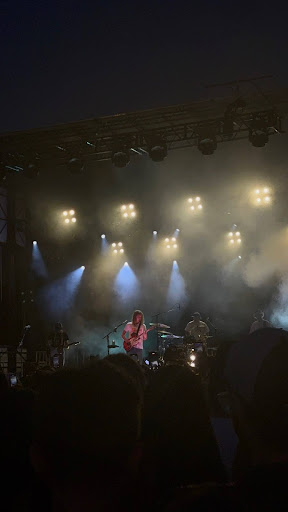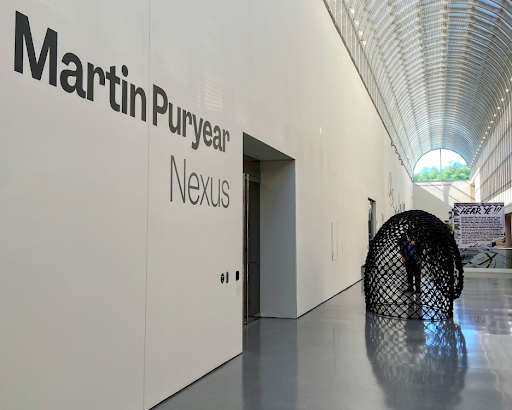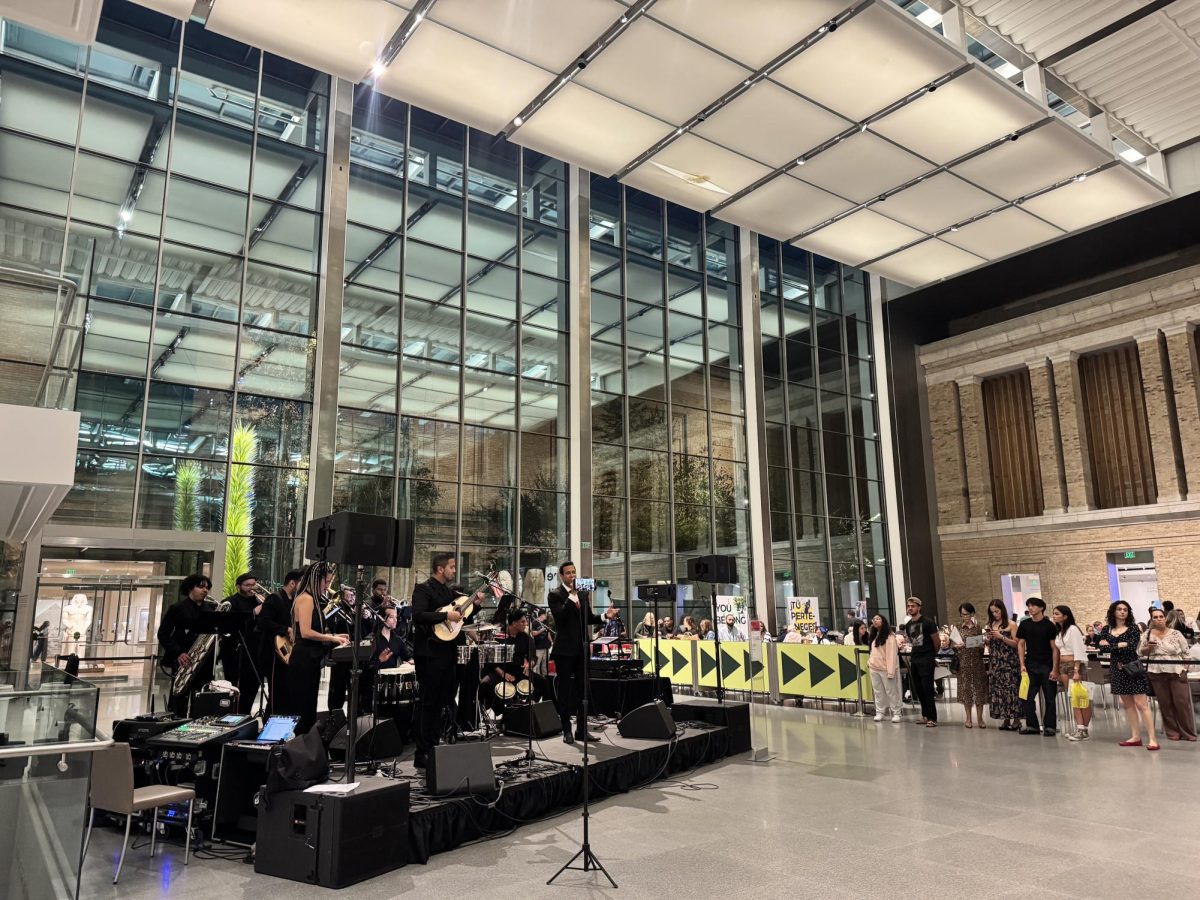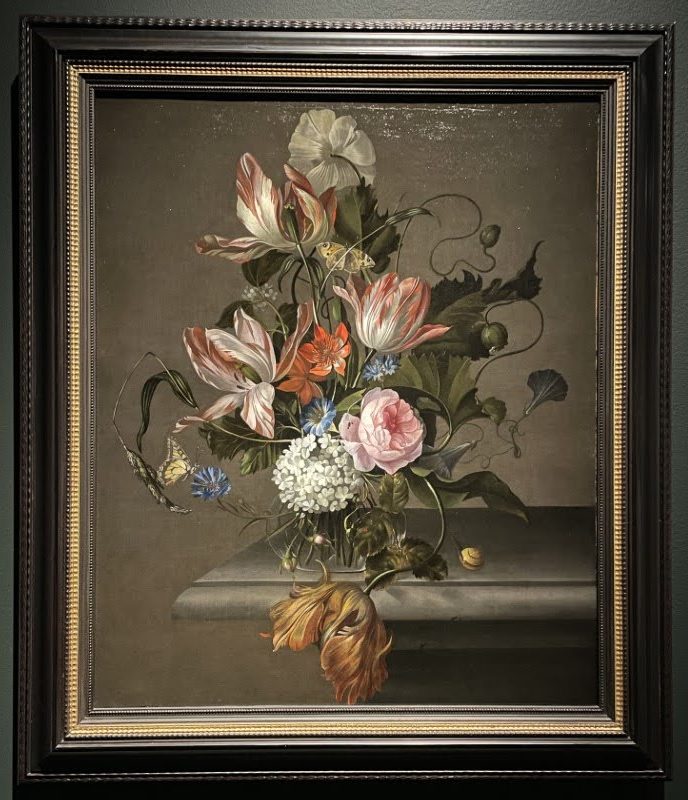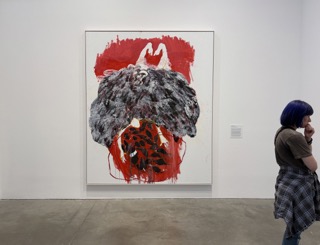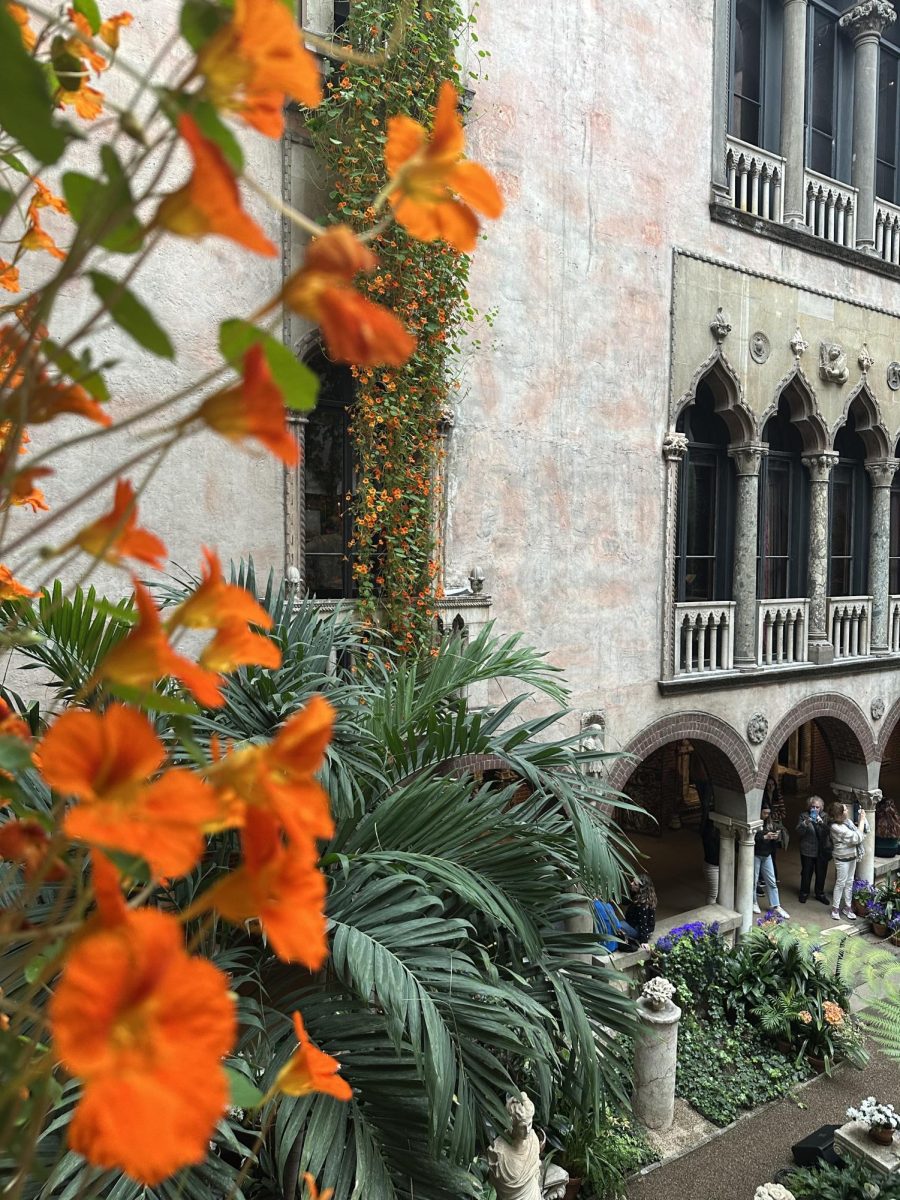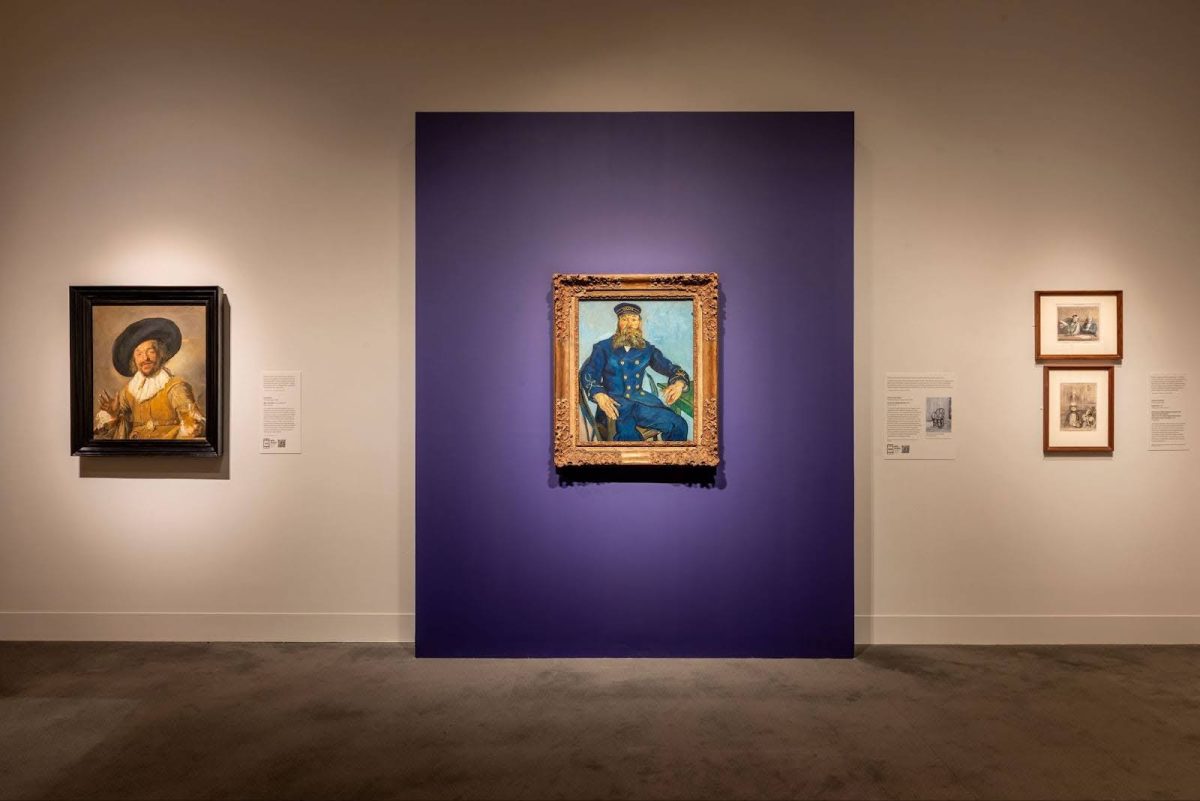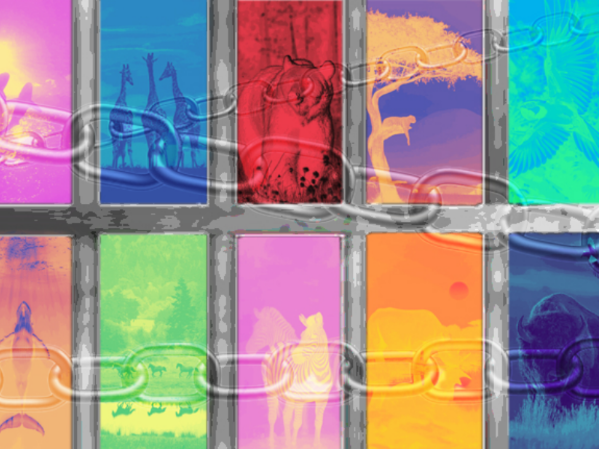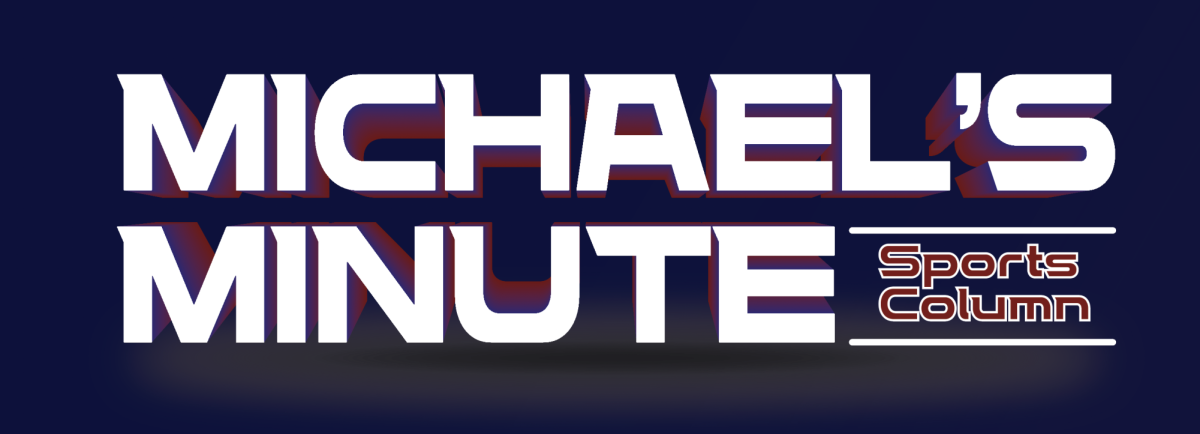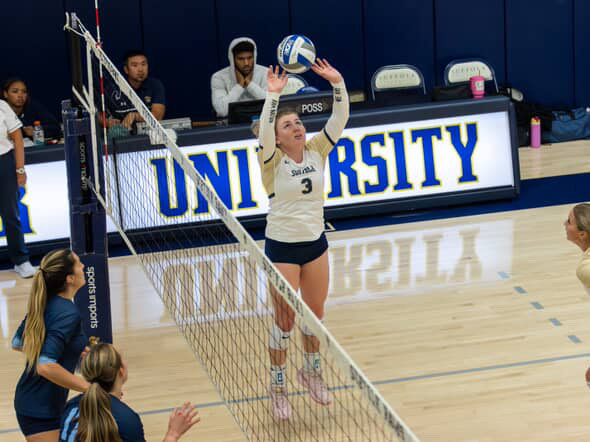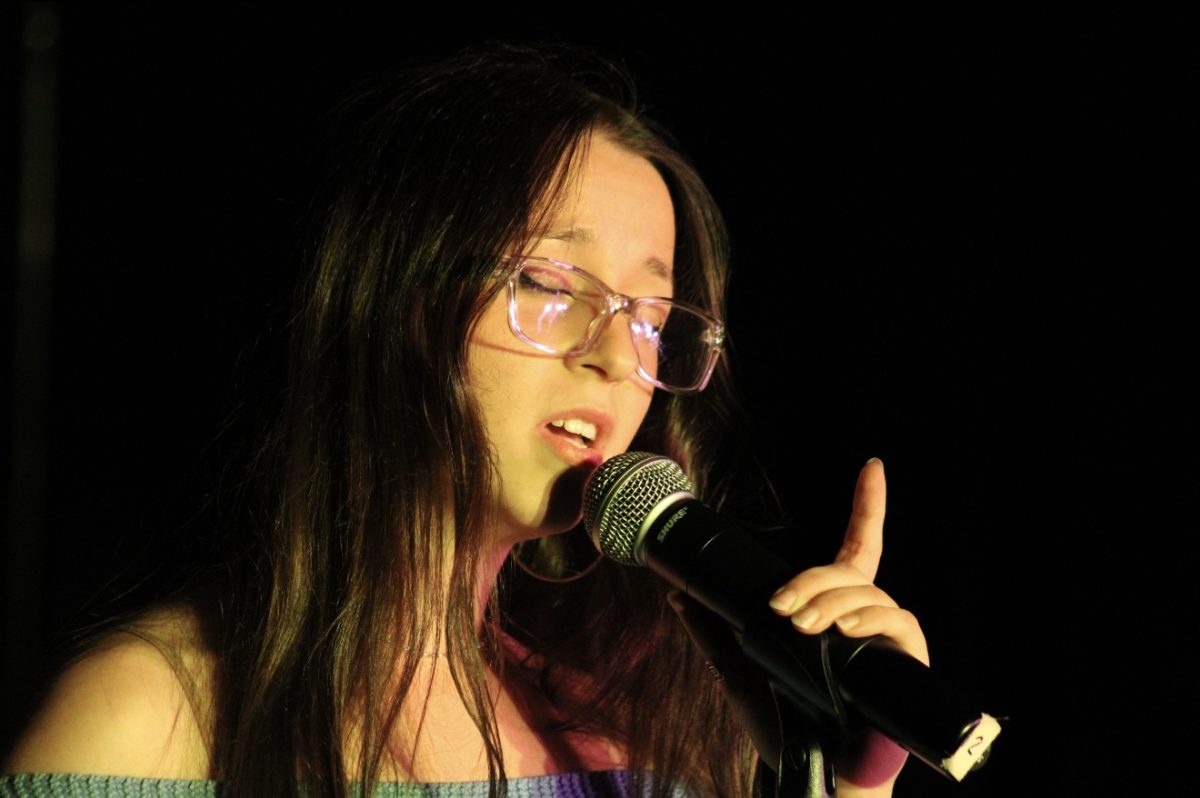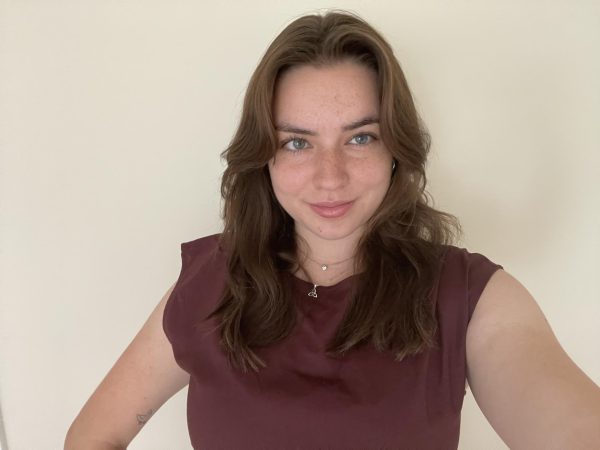The Harvard Art Museums welcomed a recently introduced exhibit, “Edvard Munch: Technically Speaking,” March 27 during their monthly Harvard Art Museums at Night event.
Once you enter the lower level, the museum is filled with music from a DJ and two booths can be found where food and drink is available from two local vendors. The event also includes a space to make art in the museum’s materials lab and features tours of the “Edvard Munch: Technically Speaking” exhibition.
Though the exhibit officially opened March 7, Harvard Art Museums used its monthly event to encourage the public to visit the museum and view the new exhibit featuring the Norwegian artist.
The exhibit spans three gallery spaces with countless works to view. What makes this exhibit different, however, is because of the type of art Munch created and the materials he used, there are multiple copies of the same piece of art.
Focusing on printmaking, lithographs, woodcuts and paintings, “Edvard Munch: Technically Speaking” takes an in-depth look at Munch’s process and trials with the different types of art creation.
What might be considered to be the main piece of the temporary collection can be seen right upon entry to the exhibit and has more copies than any other piece.
“Two Human Beings (The Lonely Ones)” has multiple different displays. One is an oil painting of the design, and the others are woodcuts, meaning that the design was originally made by carving it into a wooden block, in this case three different pieces, on which ink is applied and then transferred onto a piece of paper, similar to the ways of a stamp.
How much ink, as well as the colors themselves and the amount of colors can be changed. This, of course, changes the final outcome of the print. In some of the woodcuts, Munch also adds some details after with watercolors on the paper after the woodcut is transferred, or printed.
The wood that Munch cut and inked himself can also be seen in the exhibit, showing his process from beginning to end. At first glance it may seem odd to see one piece five times over on the gallery wall, but after understanding the work that goes into making a woodcut, it’s easy to appreciate the different versions that can come out of one design.
There were other woodcuts with two to four different versions as well as a few other wood blocks that could be found throughout the galleries with their designs cut into them with which Munch made the prints.
In addition to the many wood blocks, woodcuts and lithographs, there are many oil paintings also on display. Arguably, Munch’s most recognizable composition is “The Scream,” and throughout the exhibit, other works can be seen taking on the same style of bright colors and flowing scenery.
The style can be seen in the oil painting version of “Two Human Beings (The Lonely Ones)” and “Train Smoke.” The “Train Smoke” painting that is displayed in the gallery is a second version created by Munch after selling the original. The colors in the sky have faded over time, but the greens of the trees and whites of the smoke are still vibrant.
Munch’s oil paintings are just as impressive as his woodcuts and lithographs. His ability to use shape, color and movement in his painting make them look so simple yet so complex, and his ability to shade and mix oil paint makes his scenes feel more life-like.
Booklets could be found around the exhibit that contain a list of defined terms which greatly increased understanding of the different types of ways that Munch created his art. There was also a lot of signage placed around the exhibit, detailing Munch’s life and art and giving greater insight into his artistic choices.
Overall the event was very lively and was a perfect way to get visitors to the museum to appreciate the new collection of Edvard Munch pieces and learn more about the technical aspects that went into most of his works. The exhibit will continue to be displayed until July 27 of this year.


